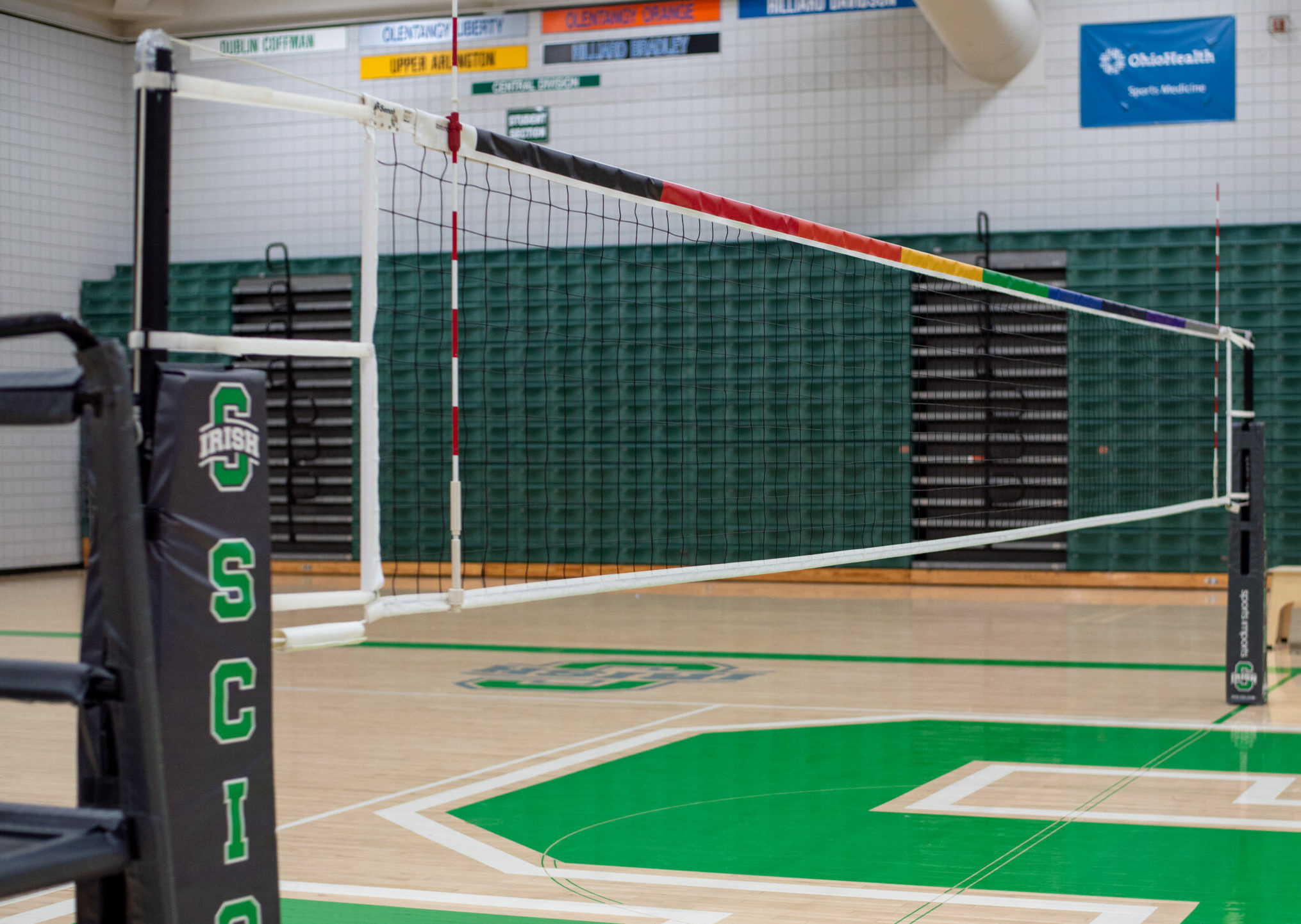In the world of volleyball, fans often focus on high-flying spikes, powerful serves, and dramatic dives. But one central element quietly controls the rhythm and structure of every play: the net. Though it may appear to be a simple mesh suspended in the middle of the court, the net in volleyball plays a pivotal role in shaping how the game is played, regulated, and strategized.
This article breaks down the volleyball net from multiple angles—its design, purpose, official rules, and how it affects the strategies used by players and coaches alike.
A Closer Look at the Volleyball Net Structure
The volleyball net is more than just a divider; it’s a technical piece of equipment built to strict international standards. It defines the boundary where offense and defense meet and demands precision from athletes on both sides.
Standard Measurements
- Height (Men’s Volleyball): 2.43 meters (7 feet 11⅝ inches)
- Height (Women’s Volleyball): 2.24 meters (7 feet 4⅛ inches)
- Width: 1 meter
- Length: 9.5 to 10 meters
- Net Material: Durable, tightly woven nylon or synthetic fiber
A strong cord or cable runs along the top, tightly securing the net between two poles. On either side of the net, two antennae (usually red and white striped) extend vertically and act as imaginary sidelines for the ball to cross legally.
Rules Involving the Net: What Players Must Know
The volleyball net is at the heart of the game’s rules, and violating those rules can cost teams crucial points.
1. Net Contact
- Players are not allowed to touch the net during active play.
- Any contact with the top tape while making a play on the ball is typically considered a fault.
- Incidental contact away from the ball may not be penalized, depending on the circumstances.
2. Reaching Over the Net
Players can reach over the net when:
- Blocking, but only after the opponent has made contact with the ball.
- Completing a follow-through on a spike, as long as contact was initiated on their side.
3. Crossing Under the Net
- Feet or hands can cross slightly under the net as long as no interference occurs.
- Completely crossing into the opponent’s court or contacting a player underneath is considered a violation.
4. Ball Interaction with the Net
- If the ball touches the net during a serve and still lands in play, it’s legal.
- A ball that hits the antenna or travels outside it is ruled out of bounds.
The Strategic Importance of the Net
While the net is a physical structure, it plays a huge role in the mental and tactical aspects of volleyball.
Blocking Strategy
The net is where blockers become the first line of defense. Teams position one, two, or even three players at the net to create a wall that disrupts or deflects attacks. The coordination and timing of jumps are essential, and the net acts as the reference line.
Setting and Attacking
Setters must deliver balls close to—but not into—the net. A well-placed set gives spikers the best chance to jump and hit the ball with power and accuracy. However, if it’s too close to the net, it may lead to net violations or blocked attacks.
Tipping and Net Play
Skilled players use the net to their advantage by tipping the ball just over the block or using soft, deceptive touches. These finesse moves rely on understanding spacing and using the net as a tactical shield.
Net Variations in Volleyball Formats
Not all volleyball nets are created the same. Different types of the game adapt the net to suit their style and setting.
Indoor Volleyball
- Used in professional and school leagues
- Net is taut, and structure is fixed to heavy-duty poles
- Ideal for fast-paced, high-impact play
Beach Volleyball
- Played outdoors, often with weatherproof net systems
- Net can be slightly more flexible due to sandy anchoring
- Common net height is 2.24 meters, even for co-ed teams
Recreational or Youth Play
- Adjustable-height nets are common
- Lighter and portable materials used
- Easier to set up and safe for beginner-level players
Common Errors Involving the Net
Even experienced players fall victim to net-related errors. Here are a few to watch out for:
- Grabbing or touching the net while attempting to block or spike
- Overreaching across the net, especially during tight plays
- Misjudged sets that drift too close to the net, causing unintentional faults
- Poor foot placement that leads to crossing under and contacting an opposing player
Training, awareness, and communication can significantly reduce these mistakes and improve overall net performance.
How Technology Is Changing Net Management
In professional volleyball, technology is being increasingly integrated into net systems:
- Net sensors are now used to detect slight touches by players, especially during blocks or spikes.
- Video replay systems allow referees to review potential net violations in slow motion, reducing human error.
- Smart training nets are being developed with embedded analytics to track player jumps, timing, and hand contact areas.
These innovations not only improve the fairness of the game but also enhance coaching and player development.
Conclusion: The Net Is Where It All Happens
In volleyball, the net is more than just a piece of equipment—it’s the central line of battle, the meeting point of offense and defense, and the foundation for every rally. Understanding the net in volleyball is essential whether you’re a new player learning the ropes, a coach developing strategies, or a fan who wants to appreciate the finer points of the game.
It influences gameplay, enforces rules, and demands skill. From towering blocks to gentle tips, the net is where every moment of brilliance begins—and often, where games are won or lost.
